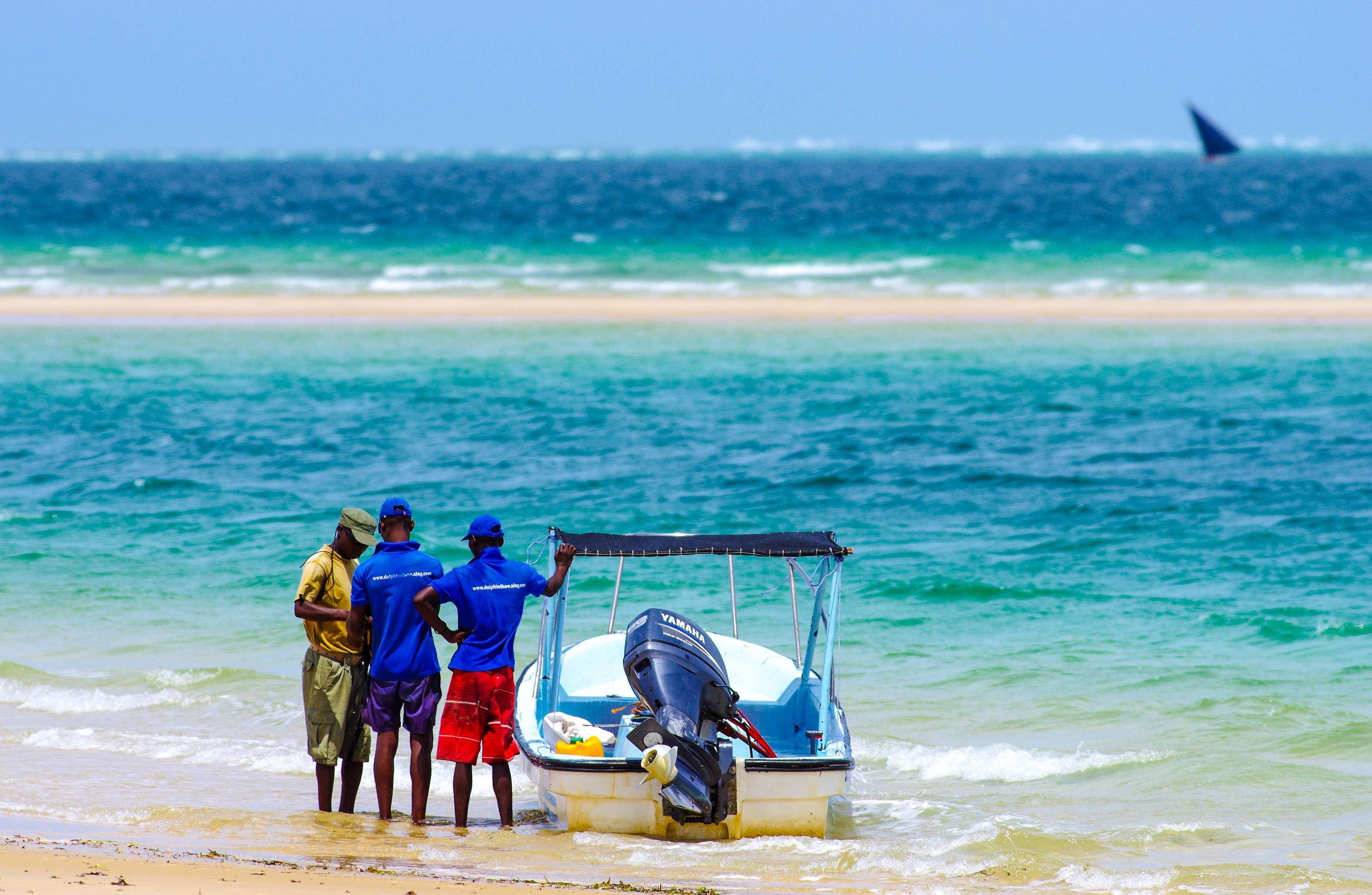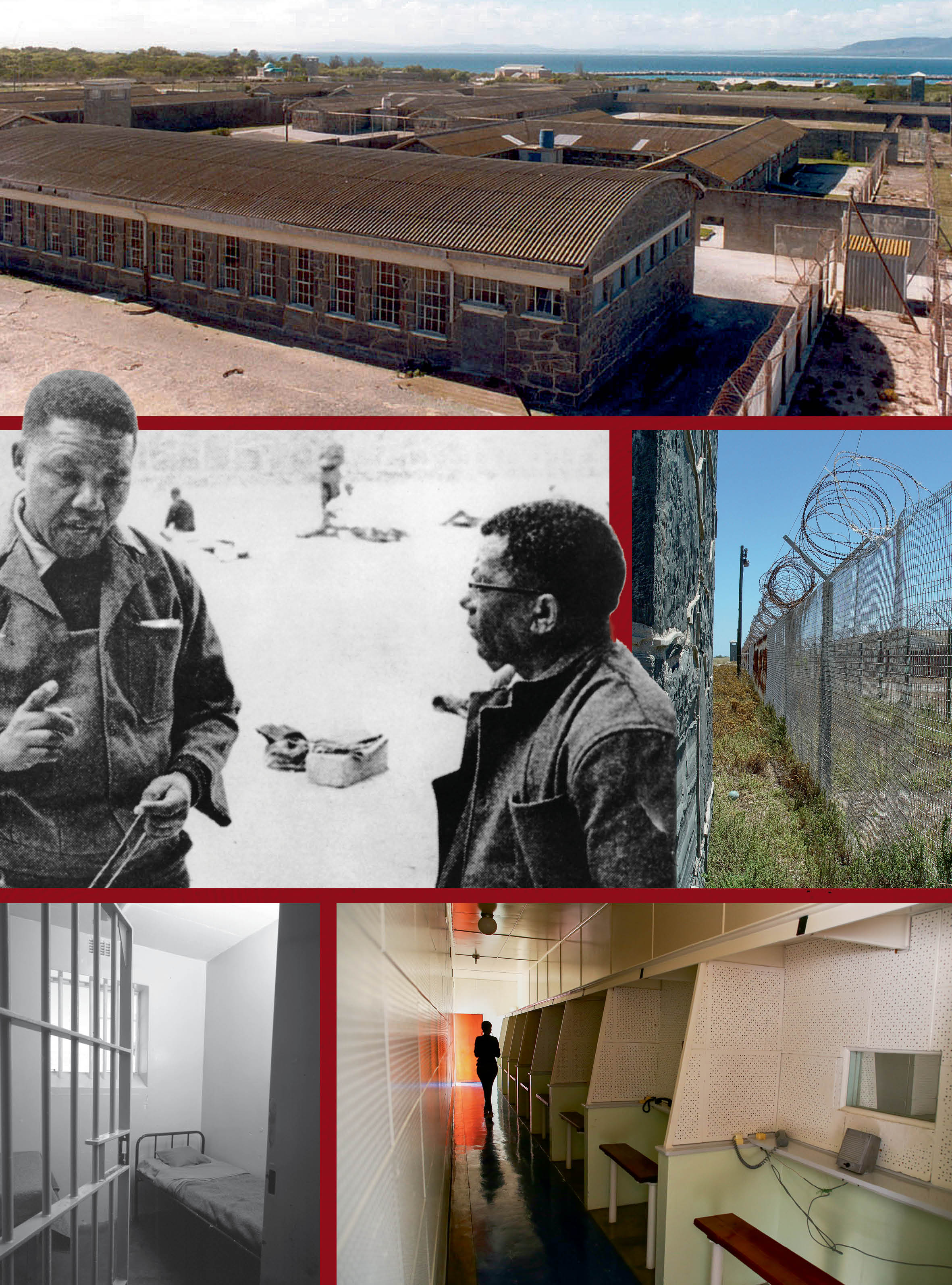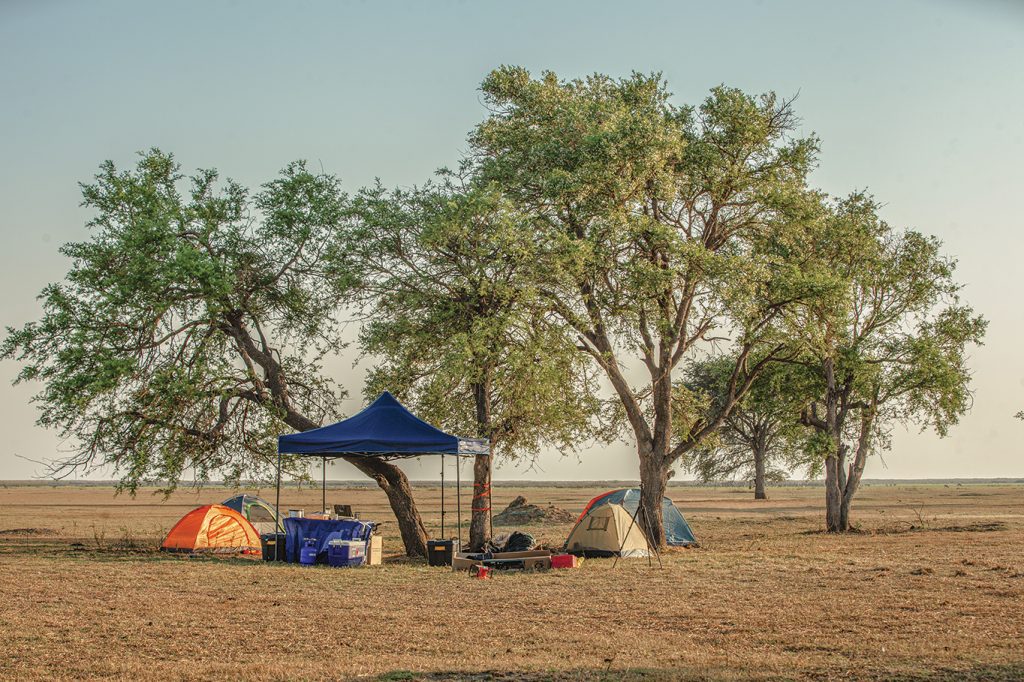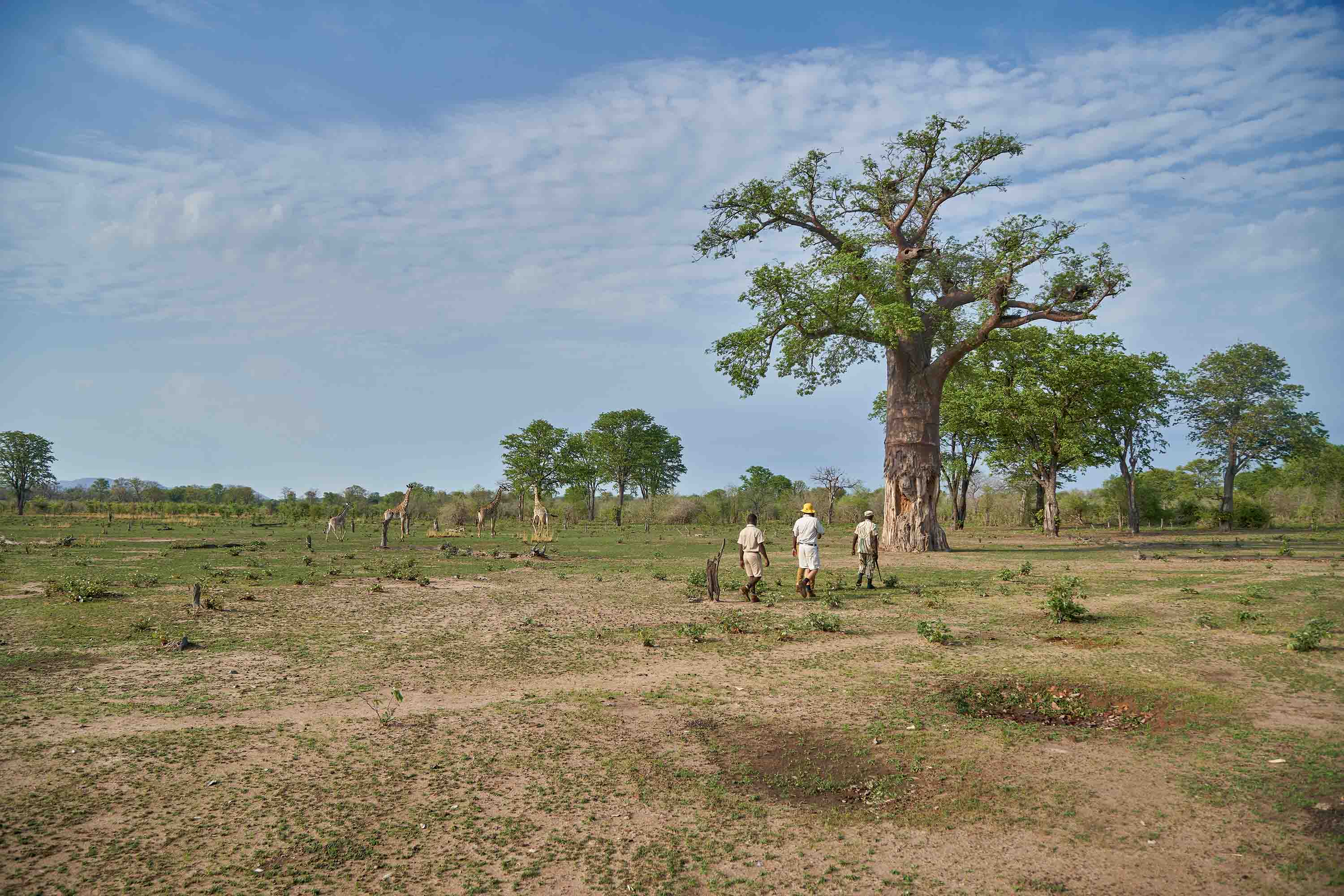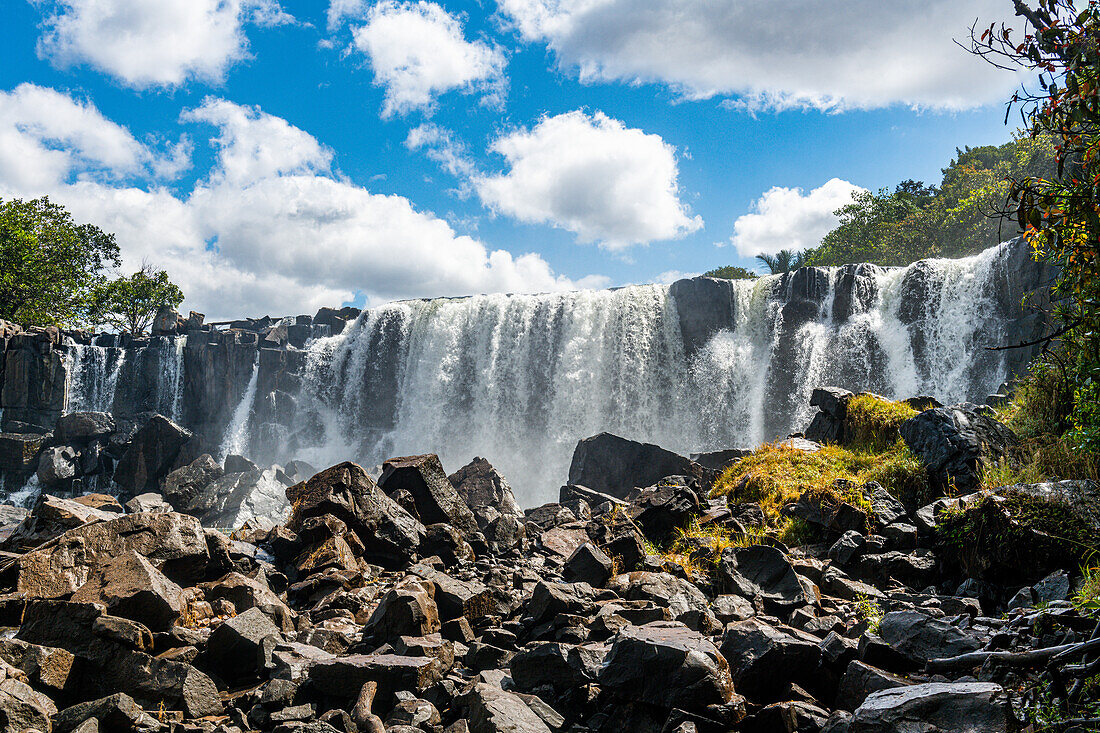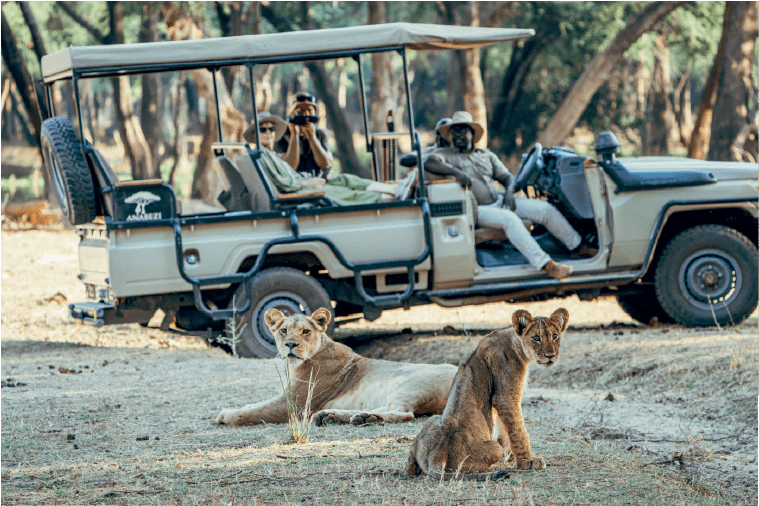Fun facts
- Mozambique was once the world’s largest producer of cashew nuts.
- The elusive dugong — the only living representative of the once-diverse family Dugongidae — can be spotted off the coast of Inhambane Province.
- Mozambique is home to the oldest European building in the southern hemisphere.
- Some scenes from Blood Diamond, starring Leonardo DiCaprio, were shot in Maputo.
Choose your adventure
- Luxury experiences in the blissful Bazaruto Archipelago
- Museum hopping
- Laid back vibes and great nightlife in Tofo
- Safaris in Gorongosa National Park
- Remote, historical (Ilha de Moçambique) Mozambique Island
Coral reefs, cultural richness and coastal relaxation: these are but a few of the wonderful things that the Republic of Mozambique has to offer. Located in southeastern Africa, the country may not necessarily be recognised as a popular tourist destination, but travellers the world over are beginning to see its allure.
Mozambique’s story began when Swahili port towns started to mushroom between the 7th and 11th centuries where the capital, Maputo, is now located. The Portuguese commenced their gradual colonisation of the land in 1505, and while Mozambique gained independence in 1975, the meshing of the two civilizations created a distinct and vibrant culture. Today, Portuguese is the official language but is spoken mostly as a second language. Other languages include Makhuwa, Sena and Swahili.
If you’re flying in, Maputo is where you’ll likely land but transportation between towns and islands is fairly easy. You can move around in chapas — privately operated vans and minibuses, and ferries or dhows are a scenic way to get around the coastline.
Though teeming with a colourful mix of culture, spectacular beachfronts and marine life, it’s worth noting that the country recently faced a low-intensity insurgency, mainly in the central and northern regions. You’d do well to check international and local news before making your trip. Other than that, Mozambique has a lot to offer and you’d definitely enjoy your visit.

Bazaruto Archipelago
This cluster of white sand islands off the coast of southern Mozambique has probably inspired countless landscape paintings. With its breathtaking sand dunes and turquoise waters, the archipelago is made up of six islands and Bazaruto is the largest.
The group of islands and its surrounding waters were declared a national park (Bazaruto National Park) in 1971. Known for its biodiversity, the archipelago’s clear water has over 2,000 fish species swimming in its coral reefs. It is also home to many rare and endangered marine megafauna including leatherback turtles, manta rays and whale sharks. If you’re lucky enough you might even spot the shy dugong, a fork-tailed cousin of the manatee.
Paradise Island or Santa Carolina is a must-see with its amazing beaches and has opportunities for surfing lessons and fishing.
If a longer stay isn’t in the cards for you then be sure to escape the mainland and visit the archipelago on a dhow safari and experience the area for just a day trip.
The Bazaruto Archipelago is ideal for your luxury island getaway with high-end accommodation and some of Mozambique’s most captivating landscapes.

National Art Museum
The country’s most celebrated artists have their work represented in the museum; including sculptor Alberto Chissano, who inspired a generation of sculptors in the 1970s; and the poet and painter Malangatana, who is recognised for his contributions to Mozambican culture. Other Mozambican artists of note with work in the museum include Reinata, Chichorro, Bertina Lopes and Samate Mulungo.
Located in Maputo, the museum houses a collection that offers glimpses into Mozambique’s history and these take on numerous shapes and forms. Multi-coloured stories of the struggle for independence are splashed on canvas, deep-rooted customs captured in sculptures and accounts of the civil war embodied in illustrations.
There are several other museums of note in Mozambique. As one of the main attractions of Maputo, the National Money Museum has a collection showcasing the evolution of the money of Mozambique. And the most eye-catching museum is the Natural History Museum (pictured). The museum has a collection of African wildlife (preserved through taxidermy), fossils and pottery, among its many exhibits.
From art and culture to natural history and even the economic history of Mozambique, you’ll find museums in the country dedicated to covering a wide variety of topics.

Tofo
If you’re looking for a taste of energetic nightlife, authentic Mozambican cuisine and some adventurous activities then Tofo, a small town in the southeastern part of the country, might be what you need.
A good place to begin exploring the town would be the Tofo Life Community. The eco-tourism project works to protect endangered species as well as give visitors a chance to experience life like a local, even teaching them how to prepare local delicacies.
Numerous establishments offer various activities for the seasoned to the novice adrenaline junkie. Quad bike tours are a great way to get the blood pumping, and of course, check out the town. If water is more of your element, scuba diving and snorkelling will make for unforgettable experiences. This is one of the few locations on the planet where gentle whale sharks and mantas are swimming all year long. For peak whale shark activity, visit sometime between October and March.
The small beach town of Tofo has a relaxed vibe, great nightlife and some of the best diving and snorkeling spots along the Mozambican coast.

Gorongosa National Park
Gorongosa National Park refers to itself as “Africa’s greatest wildlife restoration story.” In 2008 the park only had about ten thousand large animals. Today, it is home to over one hundred thousand.
The park is an ideal addition to your itinerary if you’re a conscious traveller. The Mozambican government partnered up with the Carr Foundation to form the Gorongosa Project in 2008, and the agreement was to jointly manage the park and help with human development in the communities near the park. This has resulted in educational programmes, sustainable agricultural efforts and health care initiatives all to help with the livelihoods of the neighbouring communities.
Aside from heading back home with a clearer conscience, you can also create some memories with the exciting activities offered at the park. With over three hundred bird species, waterbucks, hippos, crocodiles and lions to name a few, you even have the option to go on safari with a guided group or exclusive use safari vehicle. Other great ways to see the community and wildlife are through biking tours, canoe safaris and scenic helicopter flights.
Gorongosa boasts its own expertly roasted coffee grown on the slopes of Mount Gorongosa as part of the restoration of the mountain’s rainforests.

Island of Mozambique
European traders and merchants frequented the island long ago, eventually developing it into a centre of commerce. This island inspired the name of the country and is one of Mozambique’s fastest-growing tourist destinations.
UNESCO named it a World Heritage Site, and for good reason too. It still has many colonial-style architectural buildings and interesting statues. The most notable of these can be found in Stone Town, which lies in the northern end of the island.
On the island you’ll find the Chapel of Nossa Senhora de Baluarte, considered to be a marvel of Manueline architecture or Portuguese late Gothic style developed during the Age of Discovery. With its peeling paint and old-world features, the chapel itself is a grand sight, but listening to the waves crashing against the rocks below the fortified walls surrounding it might transport you to a different time.
To get to the chapel, one needs to go through the Fort of São Sebastião. Though its daunting structure might not be well maintained, this stronghold is the oldest complete fort still standing in sub-Saharan Africa. Its construction began in 1558.
If colonial-era buildings aren’t your jam, the island has a selection of restaurants and cafes that offer both international and Mozambican cuisine.
Another noteworthy island besides Mozambique Island is Inhaca. It’s known for its coral reefs and birdlife and makes for a great weekend getaway.
Mozambique takes its name from Mozambique Island, one of the nation’s fastest-growing tourist destinations.
